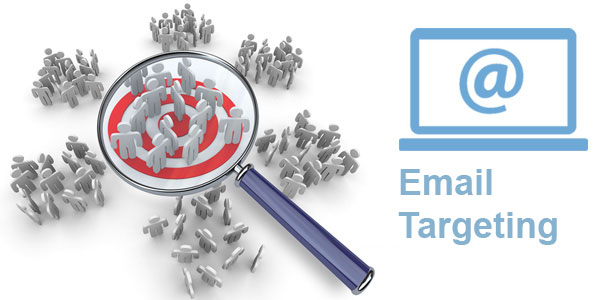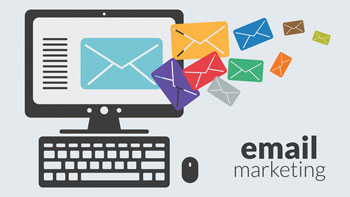 More and more companies are interested in how e-mail marketing fits into their channel-wide communication and marketing mix. One reason for this is response rate, which is comparable to direct mail but a fraction of the cost. There is no postage, travel, transportation fees, or taxes involved in direct email campaigns.
More and more companies are interested in how e-mail marketing fits into their channel-wide communication and marketing mix. One reason for this is response rate, which is comparable to direct mail but a fraction of the cost. There is no postage, travel, transportation fees, or taxes involved in direct email campaigns.
Solid campaigns often begin with a single view of the customer, the combination of analytic systems, databases, and the e-mail marketing software.
Customers (and prospective customers) are profiled and segmented to integrate them into more personal and relevant cross-channel interactions based on customer data, behavioral patterns, purchasing processes, and typology. Facebook is a shining example of this. Even though they use their efforts for PPC advertising, they can just as easily use the same principles for email marketing.
Profiling, segmenting and targeting are a widespread recipe for conversion success in e-mail marketing as well as channel-spreading scenario-based marketing.
Optimization of segmentation and scenario-based conversion
Segmentation is also important for improving market efficiency after the click. Frequently, e-mail subscribers and visitors are initially classified by online activities for conversion optimization into scenario-based segments (the definition of different types of customers is certainly a segmentation before the actual activity).
Many companies are only starting up when they are already active in e-mail marketing and want to further develop their activities by optimizing their content and landing pages.
The more you know about the buying behavior, the needs and the information sources of your customers and prospects, the more landing pages – adapted to the individual needs and the buying process – you can create and thus improve your conversion and provide the right context and content for each scenario.
However, all of these measures to improve the efficiency of cross-channel and integrated email marketing and conversion optimization are not enough for companies to create true cross-channel marketing interactions and to introduce lead management processes, often the next step towards more efficient marketing , Which will further advance your sales.
The limits of email marketing software
Lead management, and the entire process of lead-nurturing, is similar to building an integrated, interactive marketing strategy using different channels, with e-mailing often playing the leading role. For example, this could look like this:
– The content plays an important role in lead nurturing.
– Profiling and sales are the key factors for determining lead scoring.
– Predefined scenarios are important on the way from a contact to a ready lead.
Traditional e-mail marketing software does not provide the necessary opportunities:
– Often there is a lack of combination possibilities and scenario-based functions.
– The cross-channel marketing approach is missing or is severely restricted.
– There is no mature technology for data flow and Pageflow that connects to CRM and customer databases.
– Communication is not customer-oriented but message-oriented.
Lead management and profiling: with focus on the buying process
When you go beyond e-mail marketing and create a lead management program, profiling and targeting are at least as important as email and conversion marketing. But there is a difference in the implementation of profiling, segmentation and targeting.
Not only do you consider the interaction scenarios and the communication behavior, but also ask yourself how a customer buys, which makes him a valuable customer, and why the customer buys from you.
This is not only the first step in the development of a lead management program, it is also crucial in determining the lead scoring and helps you look at email marketing, conversion marketing and other marketing activities from a different angle: the Buying process instead of the communication and interaction process.



